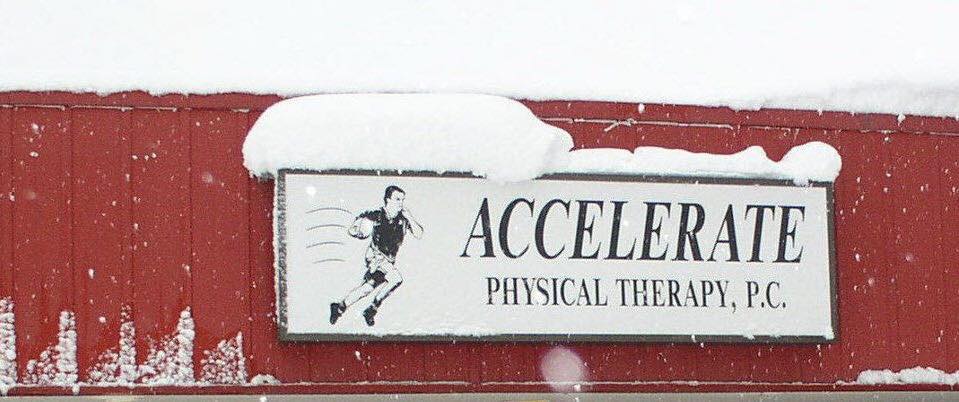When a therapist approaches a patient’s rehab program, we must consider the severity of injury. We design our programs to appropriately stress the injured tissue.
In treating tendons and ligaments, we consider the mechanics of injury, adaptation to activity, and healing response during rehabilitation. A single high load strain, repetitive loading or misuse injuries can cause sprains, partial tears or ruptures in ligaments. Muscle will rarely contract hard enough to tear a tendon. Achilles and patellar tendons rupture in combination with external forces.
Repetitive strain begins with micro damage, resulting in pain, swelling and degradation of the tendon/ligaments mechanical properties. This can make the tissue more susceptible to traumatic overload injuries. Tensile load is experienced in small percentages. Stretching tendon length to 1.5%-3.0% past it’s full length is common in normal activities. Injury is created usually with a stretch of 10% more than a tendon’s full length.
After a soft tissue injury the tendon/ligament will go through a typical soft tissue healing phases: Inflammation (3-7 days to 6 weeks); proliferation (2-3 weeks); remodeling (after 2-3 weeks for more than one year). All these phases overlap.
Through the remodeling phase, the tissue fibers increase cross-links and align in the direction of tensile load. Rehabilitation provides progressive loading that avoids inflammation. We cannot impede the healing process or cause scar tissue to form. The paradox of functional tissue training comes in balancing between sufficient loading to guide the healing process, and overzealous loading, which continues inflammation and tissue degradation.
We minimize inflammation with early mobilization and PROM-AAROM program. This may be increased as the tissue progresses into the remodeling phase by progressive AROM, isometric and eccentric exercises followed by high repetition progressive exercises including CKC with proprioceptive and perturbation activities assisting in return to normal upper level activities.
Careful management of exercise type and intensity for tendon or ligament injury relative to the phase of recovery the tissue is the key. Optimal management will produce minimal pain, faster healing, and return to normal activities.
About the Author:
Ross Hutchinson, PT, CSCS, has been actively involved in Colorado physical therapy since 1991.
You can contact Ross at his Arvada, Colorado office.

